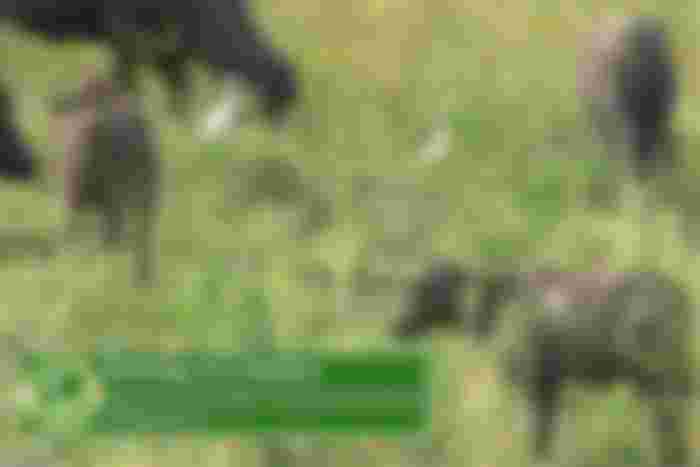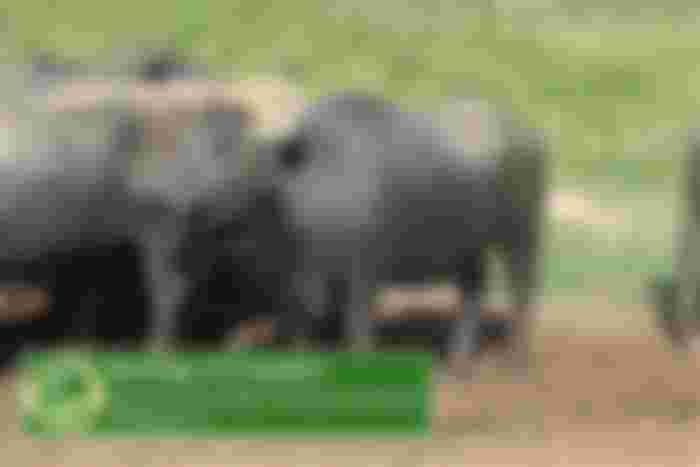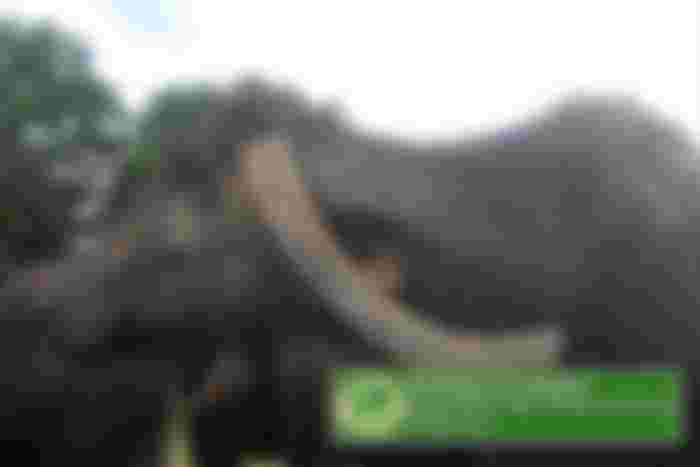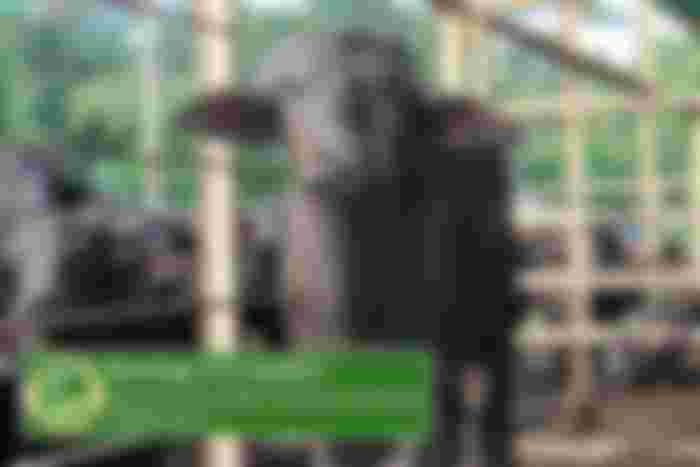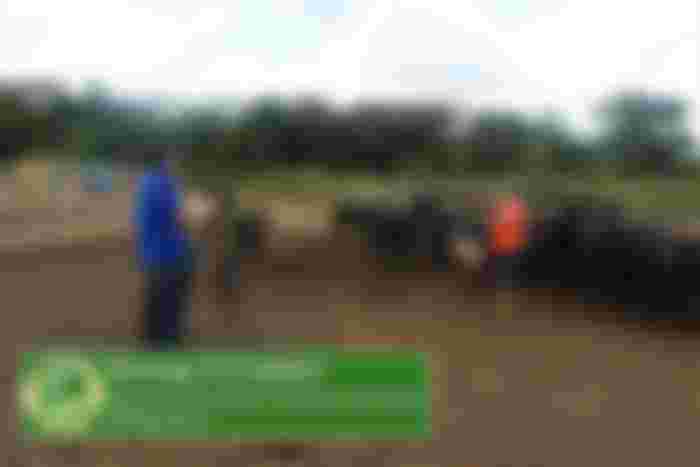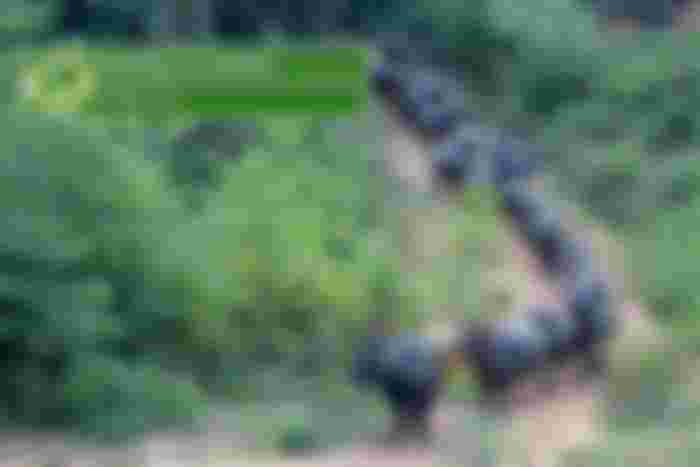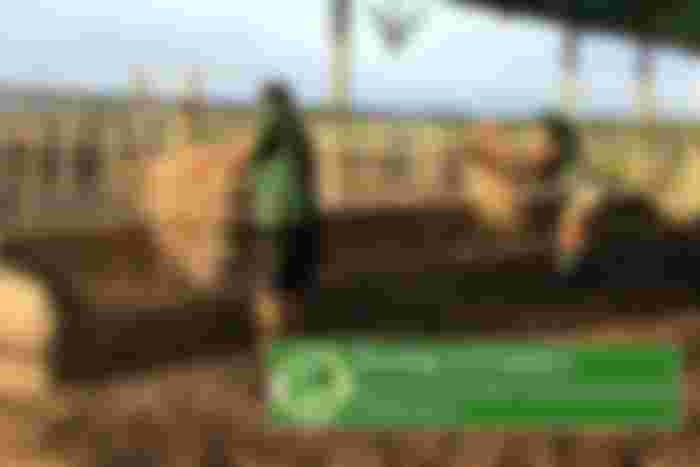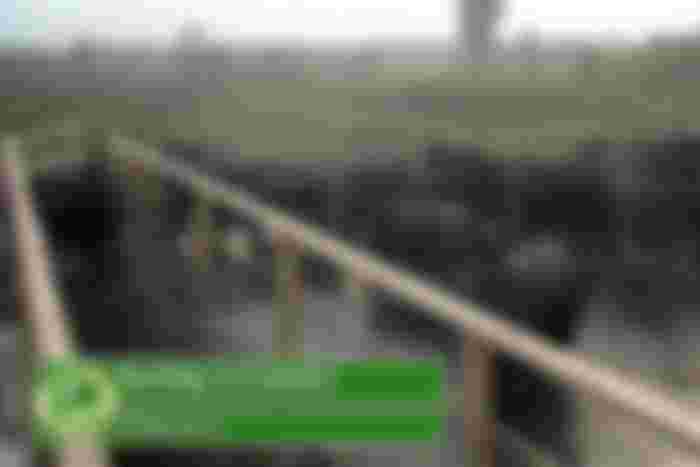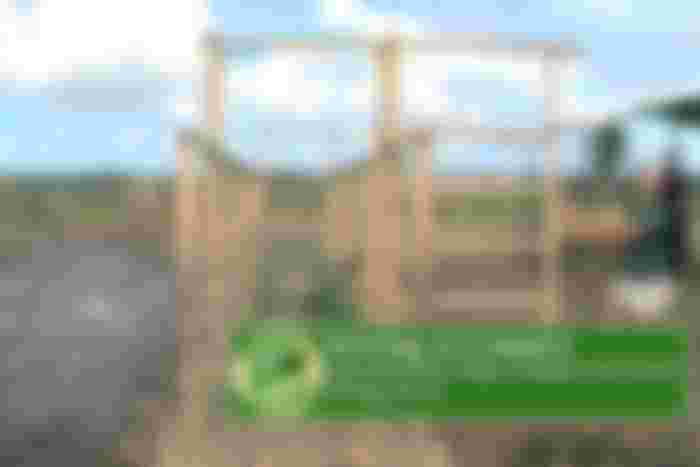
Among the different species of buffalo that exist are the Water Buffalos, known by this name because of how much these animals enjoy small shallow water spaces such as pipes or temporary lagoons produced by the rains.
The scientific name of the specie to which the Water Buffalo belongs is Bubalus bubalis and within this specie there are several races that are used in livestock. It should be noted that they offer the advantage of adapting easily to swampy and partially flooded areas where other livestock such as cows and goats could not adapt.

It should also be noted that Buffaloes are excellent animals for meat and dairy production, taking into account that they can also be used as pack animals and for agricultural work such as plowing. However, it is worth mentioning that it is not convenient to use buffaloes destined for dairy production or buffalos destined as stallions for such work.
Its inclusion in livestock is widespread throughout the Asian continent, and has also reached Europe, Oceania, Africa and America, where it is expanding and where it is increasingly present in livestock zones.
1. Advantages of the Buffalo as a Breeding Animal:

1.1 Feeding: The Buffalo agrees to eat some types of pastures that bovines would not accept, in this regard it should be noted that many bovine breeds are very selective with the grass they eat; while Water Buffaloes can even eat dry grass without mixing it with molasses.
In this regard, buffalos can be allowed to graze during the day and you can put it some dry grass in the corral to eat at night. Which offers us an advantage for the fattening of these animals.

1.2 Dairy Production: Buffalo milk contains more Fat Solids than cow's milk (this advantage is also presented by goat's milk), which is very useful when making cheese; because the greater the amount of Fat Solids in milk, the more it yields in terms of the amount (in Grams) of cheese that can be made.
1.3 Meat Production: Buffaloes convert pastures that they consume into meat faster than cows and goats, that is, they gain fat more easily. It should be noted that buffalo meat has less cholesterol than cow meat and in terms of texture and taste it is very similar; in fact it can be difficult to distinguish a buffalo meat sample from a cow meat sample (based solely on taste, smell and texture).

1.4 Rusticity: Buffaloes are very rustic animals and these characteristics have been transmitted generation after generation in breeds such as the Murrah and the Mediterranean. Therefore, it is common to encounter buffalo breeds (such as those mentioned above) that have resistance to various diseases and parasites; However, this does not mean that we should not have a health plan, since being resistant to diseases does not mean being immune.
Since Buffalo a Bovid, a family of mammals to which goats, sheep and cows also belong, they can suffer from the same diseases as these. Which is an advantage for those who have previously worked with these livestock; because the vaccination plan and sanitary management are very similar.
Likewise, many of the recommendations and procedures that apply to the other bovids cattles are applicable to buffalo cattle.
2. Some Curiosities:

Basically, the Buffalo Cattle has settled (outside Asia) through bovine cattle, so some terms applied to refer to bovines are similarly applied to refer to buffaloes. For example, if we call Bull to a male bovine without neutering, we call Buff Bull to a male buffalo in same conditions. Likewise, if we call Calf to a small bovine that has not yet been weaned, we also call Calf or Buffalo Calf to a buffalo with the same characteristics.

In the wild, Bubalus bubalis can be a dangerous specie, however domesticated buffalo breeds are quite docile, and even fearful in the presence of strangers.

They are very active animals, they need to go out to look for pastures and take long walks, they can't stand overcrowding or permanent confinement in a corral. It is advisable to have outdoor spaces where buffalo can graze; In this regard, the proportion of 1 ha per animal unit is recommended, however 1.5 ha per animal unit can also be recommended, due to its enormous feeding needs and the rapid increase in body volume that buffalo usually present.

3. Some Recommendations: Despite the fact that many procedures and vaccination plan are similar to those applied to bovines, it is recommended to seek a Veterinary Doctor or Specialist, to advise and accompany you during the entire breeding process. It is true that to reduce costs you can learn to apply vaccines and perform some routine management, but this does not replace the advice of a specialist in this area.
Always check the skin and fur of animals carefully to detect ticks and other Ectoparasites that can weaken buffaloes and cause losses in the herd. In this regard it should be noted again that the rusticity and resistance that characterizes these animals should not be a reason for not applying preventive management and constantly monitoring them.
It is highly recommended to make sure that buffalo have enough food in the corral, because if they lack food they can get restless and disturb to other members of the herd.

Likewise, it must be ensured that buffalo have water availability in their corral and that it is sufficient for all the animals that will live in that corral; especially if dry grass is supplied.

The corral can have a slightly bogged area where buffalo can refresh it, however there must also be enough dry spaces (not bogged down) in all the corrals for all the buffaloes that make up the herd.


The corral must have at least one structure that allows us to immobilize the buffaloes in order to properly apply the vaccines and check the animals that require medical attention. Remember that buffaloes are very heavy animals with high body volume, and they will surely get nervous when they feel the injection of the vaccine or when they are manipulated; so they could ram or kick.

If we have pregnant female buffaloes or animals that, due to health or physical problems, cannot access to difficult pastures zones (areas with steep slopes, irregular terrain, etc.), it is recommended to limit access to these zones using the Livestock Electric Fence. However, if the conditions of the place where the buffalo are grazing do not like them and detect better pastures behind the fence, they will be able to break the fence and cross it.
Therefore it is recommended to have available easily accessible grazing areas (and with the best possible pastures) so that buffaloes with these conditions do not attempt to access the most difficult grazing areas. It is also recommended to use the grazing areas rationally and progressively so that while our cattle are taking advantage of the grass in one area, the grass is recovered and reproduced efficiently in another zone.



